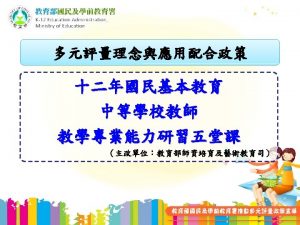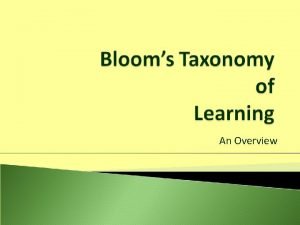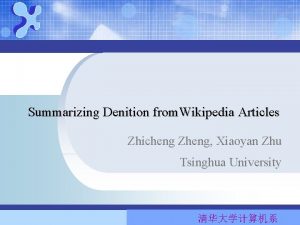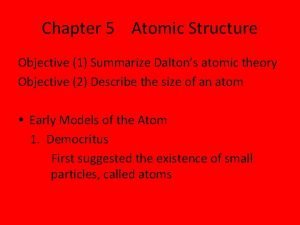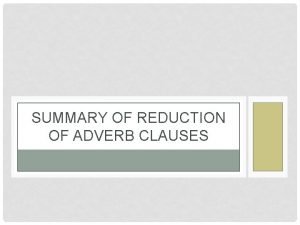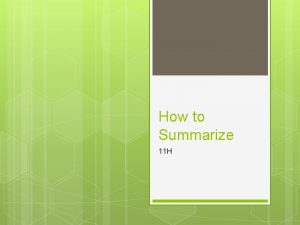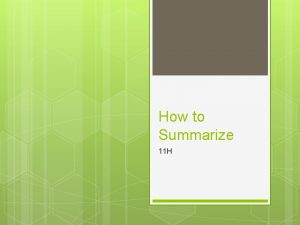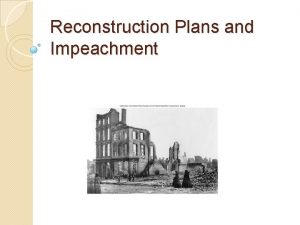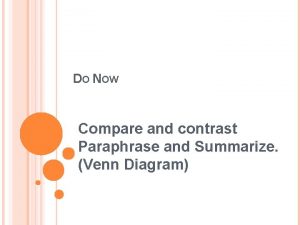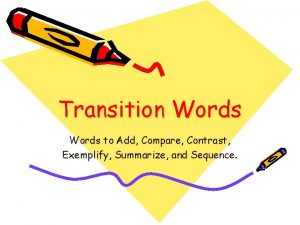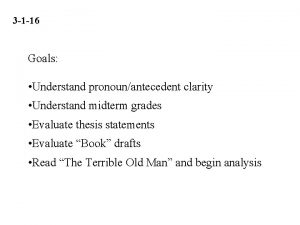9 29 15 Summarize analyze compare Goals Understand










- Slides: 10

9 -29 -15 Summarize, analyze, compare Goals: • Understand “clarity of presentation” • Evaluate summary/analysis drafts • Continue to work on Paper 3


Clarity Format – What does the paper look like? Hook – Grabs my attention while setting up the paper Thesis – Identifies a major difference between the articles (For individual summaries, thesis makes a claim about each article) Body – Paragraphs, arranged in a logical order, offer support for thesis Conclusion – Summarizes as necessary; creates closure

Clarity Thesis – Does it make sense on its own? Is the intended reader likely to misinterpret it? Could the intended reader misinterpret it?

Sample Opening Lines from Paper 2 In 2006 “What’s Eating America” was published in Smithsonain magazine. Being one of the most influential people in the world, Michael Pollan has been a very famous author. In the article “What’s Eating America, ” journalist Michael Pollan discusses how corn and synthetic nitrogen played a key role in earth’s evolution. Since the early 1400’s corn has been a major staple crop in capitalism; although causing pollution and contributing to global warming. In “What’s Eating America” by Michael Pollan, he redefines corn, and although corn is a beneficial product, capitalism and industrialization of the plant through the use of synthetic nitrates is destroying the environment. In the article “What’s Eating America” Michael Pollan starts off by talking about corn and its key role in life. In Michael Pollan’s What’s Eating America, the author raises the issue of our society’s overreliance on corn, and the effect its production has had on our environment.

Sample Thesis Statements from Paper 2 Pollan doesn’t have a big problem with corn being in our diet, he just has a problem with all the effects of corn on our environment. Pollan expresses these elements as a widely used source of energy for all forms of life; however, the effects that are produced consist of having outweighed benefits. In Pollan’s article, corn changed from the time of “the corn people, ” as chemical fertilizer was developed, causing failure of imagination and triumph of capitalism. Pollan describes how dependent we as Americans are on corn, how the chemical process has been developed over the years, and how flawed it is in today’s world. The purpose of the article is to warn the readers of Smithsonian magazine about the dangers of continuing along their current path and the repercussions that may follow as a result. Pollan contrasts the helpfulness of making the abundance of food with the devastating effects on the environment.

Clarity Paragraphs – Does each one make sense? Does each one have a main idea? (topic sentence) Will the reader recognize the main idea? Does the paragraph stick to a single main idea? Does every sentence relate to that main idea? Is each sentence logically connected to the sentence on that precedes it? Ad for Direct TV (showing connections): When you pay too much for cable, you feel down. When you feel down, you stay in bed. When you stay in bed, they give your job to someone new. When they give your job to someone new, he has a lot to learn. When he has a lot to learn, mistakes are made. And when mistakes are made, you get body-slammed by a Lowland gorilla. Don’t get body-slammed by a Lowland gorilla; get rid of cable and upgrade to Direct TV.

Clarity Sentences – Does each one make sense by itself? Does each one make sense in context? Does each one follow conventions for spelling, one grammar, and usage? Consider these sentences from papers turned in by Citadel students: One character shows “udder disgust. ” Henry was a child when he was younger. Jonathan Swift was and still is an artist who brings oodles of political issues to the forefront of his writing. While living in America there are laws for everyone to live in a civilized society. Some individuals like to break laws, and become rebels to just go right into a jail cell or prison and lose the rights of being free. Others take their home appliances for granted.

Summary & analysis of “Monsanto’s Harvest of Fear” Exchange papers with a classmate. Read the paper you get. When you finish, answer the following questions about the paper: *How accurate is the summary? *How thorough is the summary? (Does it include all key ideas? ) *How accurate and thorough is the analysis? *How well does it explain the purpose of the article? *How well does it describe/explain the authors’ strategies? *What does it say about context? *Does it identify the readers? the publication and the date?

9/24 9/29 10/1 10/6 10/8 10/13 HW: summarize Monsanto articles, pp 683 -704 and 875 -79 Bring one-page summary/analysis of “Monsanto’s Harvest of Fear”; discuss in class Bring one-page summary/analysis of “Does Monsanto Sue Farmers”; discuss in class Bring bullet-point list of similarities and differences between Monsanto articles Bring complete draft of Paper 3. HW: finish Paper 3 (Note: Parents’ Day is 10/10. ) Paper 3 (comparison) due (midterm week). Use remaining class time to revise your summary/analysis as needed, to discuss the article(s) with a classmate, or to work on your summary/analysis of “Does Monsanto. ”
 Strategic goals tactical goals operational goals
Strategic goals tactical goals operational goals Strategic goals tactical goals operational goals
Strategic goals tactical goals operational goals Remember understand apply analyze evaluate create
Remember understand apply analyze evaluate create Cognitive objectives
Cognitive objectives Understand apply analyze evaluate create
Understand apply analyze evaluate create To understand recursion you must understand recursion
To understand recursion you must understand recursion Examples of generic goals and product-specific goals
Examples of generic goals and product-specific goals General goals and specific goals
General goals and specific goals How to summarize wikipedia
How to summarize wikipedia Summarize dalton's atomic theory
Summarize dalton's atomic theory Adverb clause reduction
Adverb clause reduction


